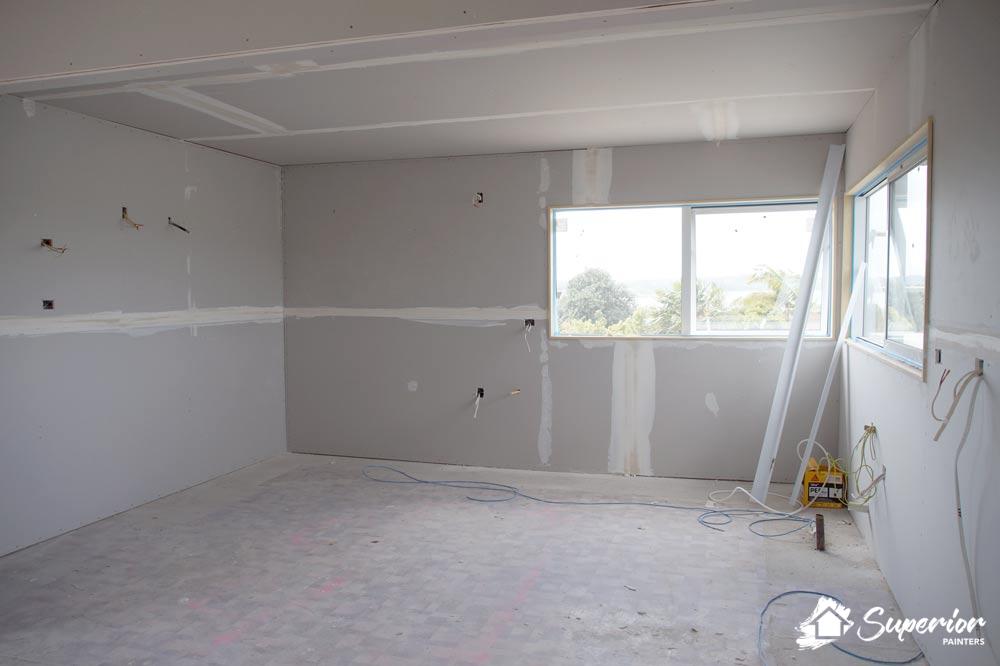Plastering Repair: Fast and Cost Effective Solutions for Fractures and Damage
Plastering Repair: Fast and Cost Effective Solutions for Fractures and Damage
Blog Article
A Comprehensive Overview to Learning Plastering Skills for Your Improvement Demands

Important Tools and Products
In the realm of plastering, having the right devices and products is vital to accomplishing a perfect finish. Various important devices serve distinctive purposes, guaranteeing performance and accuracy throughout the plastering process. A top quality trowel, for example, is indispensable for applying and smoothing plaster, while a hawk offers a steady platform for holding the material. A joint knife is additionally vital for in-depth work, specifically in sides and corners.
Along with devices, picking the best plastering materials is vital. Gypsum-based plasters are frequently preferred for their versatility and convenience of use, while cement-based alternatives are perfect for outside applications due to their longevity. Water and bonding agents play considerable functions in accomplishing proper consistency and adhesion, making sure that the plaster adheres successfully to the surface.
Additionally, safety gear such as masks, safety glasses, and gloves is vital to guard versus dust and inflammation throughout the application process. By constructing the appropriate mix of products and tools, plasterers can boost their ability collection and produce top quality surfaces, ultimately elevating the overall workmanship of their work.
Preparing Surface Areas for Plastering
Attaining a sturdy and smooth plaster surface begins with meticulous preparation of the surface areas to be glued. This fundamental step is crucial to making sure adhesion and the long life of the plaster. Beginning by evaluating the problem of the substratum-- whether it is drywall, stonework, or concrete-- getting rid of any type of loose paint, dirt, or debris that might hinder bonding.
Following, fix any type of flaws such as openings or splits. Use a suitable filler to achieve a degree surface; this can be essential for avoiding future concerns. As soon as fixed, ensure the surface is tidy and dry, as wetness can jeopardize plaster adherence.
For porous surface areas, it is recommended to use a bonding representative. This item improves bond and develops a trusted interface in between the plaster and substrate. If collaborating with previously plastered surfaces, it may be required to scuff or sand the location gently to offer a secret for the new plaster layer.
Gluing Strategies and Tips
Understanding plastering techniques requires both skill and method to attain a perfect surface. One crucial strategy is the application of the plaster in numerous thin layers, as opposed to a single thick layer. This method permits for far better adhesion and decreases the risk of breaking. Beginning with a base coat, ensuring it is equally spread out and leveled with a hawk and trowel. Utilize a straightedge to look for any kind of imperfections before relocating on to succeeding layers.
When using the finish layer, employ a troweling strategy that involves holding the trowel at a minor angle and working in additional hints a round motion. This assists to develop a smooth surface and minimizes the appearance of trowel marks. Furthermore, keep a spray bottle of water helpful to haze the surface gently; this keeps the plaster practical and enables smoother ending up.
Timing is essential; work efficiently, as the plaster begins to establish. As soon as the plaster has tightened however is still damp, make use of a wet sponge to carefully smooth the surface area better. Last but not least, enable adequate drying time prior to sanding or paint, guaranteeing your effort causes a professional, premium finish.
Common Mistakes to Avoid

One more common error is using plaster as well heavily. Excitable applications can cause fracturing and prolonged drying out times. It's important to use right here plaster in thin, also layers, enabling each coat to dry sufficiently before adding more.
Furthermore, not utilizing the right tools can impede the quality of the coating. Making use of unacceptable trowels or mixers can produce inconsistencies in the smudging process. Always select top quality devices designed for plastering jobs.
Lastly, lots of people ignore the importance of timing. Operating in unsuitable temperatures or humidity levels can adversely influence plaster drying out and healing. It is a good idea to inspect weather problems and adjust your timetable appropriately.
Ending Up Touches for a Specialist Appearance
The final stages of a smudging project are crucial for achieving a sleek, specialist look. When the plaster has actually dried completely, the next action is to examine the surface area for blemishes.
After sanding, it's advisable to clean the surface to get rid of any kind of dirt and debris. A damp fabric is effective for this purpose, complied with by a comprehensive drying out period. If needed, using a slim layer of finishing plaster can improve the surface area better, supplying a seamless finish.
As soon as the finishing plaster is dry, an additional round of fining sand might be called for to attain the desired level of smoothness. Lastly, consider applying a primer before paint or wallpapering, which will certainly enhance adhesion and toughness.
Conclusion
Understanding plastering abilities significantly enhances the top quality of improvement jobs. A detailed understanding of important devices, surface prep work, and reliable methods is critical for achieving specialist results. Understanding of common errors permits the avoidance of costly mistakes, while focus to finishing touches makes certain a sleek look. Ultimately, the combination of these aspects adds to the production of smooth, durable surfaces that elevate the aesthetic value of any type of area, underscoring the relevance of competent plastering in home enhancement ventures.
Water and bonding representatives play significant roles in attaining correct uniformity and adhesion, ensuring that the plaster sticks successfully to the surface area. Plastering.


In addition, maintain a spray go to the website container of water convenient to mist the surface area lightly; this keeps the plaster workable and enables for smoother completing. (Plastering)
If required, applying a slim layer of completing plaster can enhance the surface area further, providing a seamless finish.
Report this page